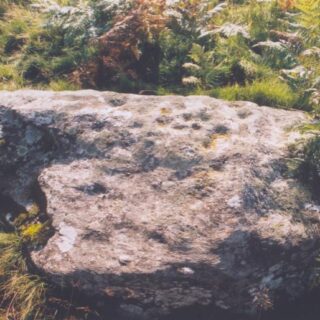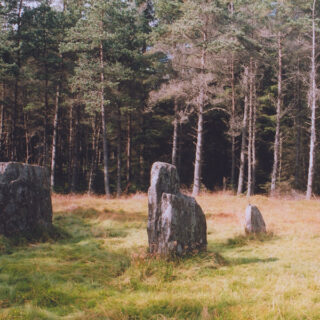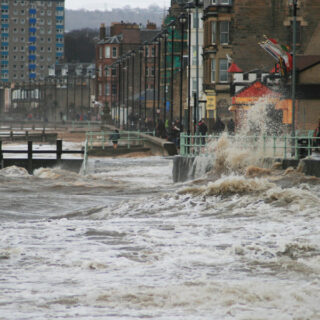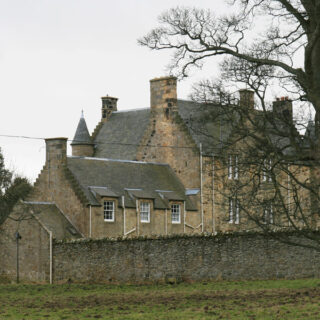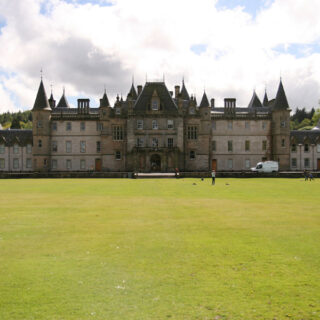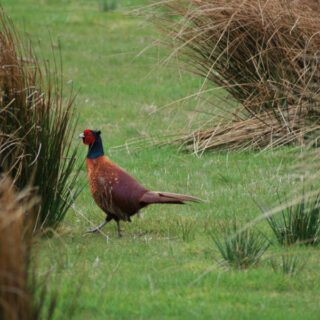We’ve been meaning to visit Sir Walter Scott’s home of Abbotsford for some time now but had never quite got around to it. We had it pencilled in for a rainy day but plenty of those came and went without us visiting, then it was closed for refurbishment. Now open again, we visited on what was the warmest day of the year so far making for a very pleasant drive down into the Borders.
As you approach the house you first come to the new visitor centre, opened in August 2012 (yes it really has taken us a while to get here), which charts the life story of Scott through an extensive exhibition of his books, clothing, furniture and other artefacts.
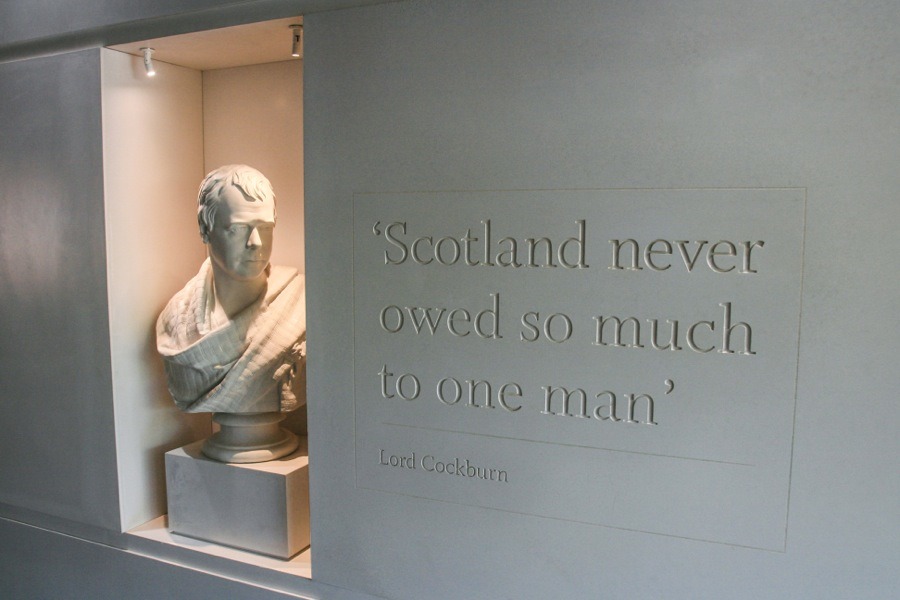
One such item is the strongbox which he used for transporting documents between Abbotsford and Edinburgh.
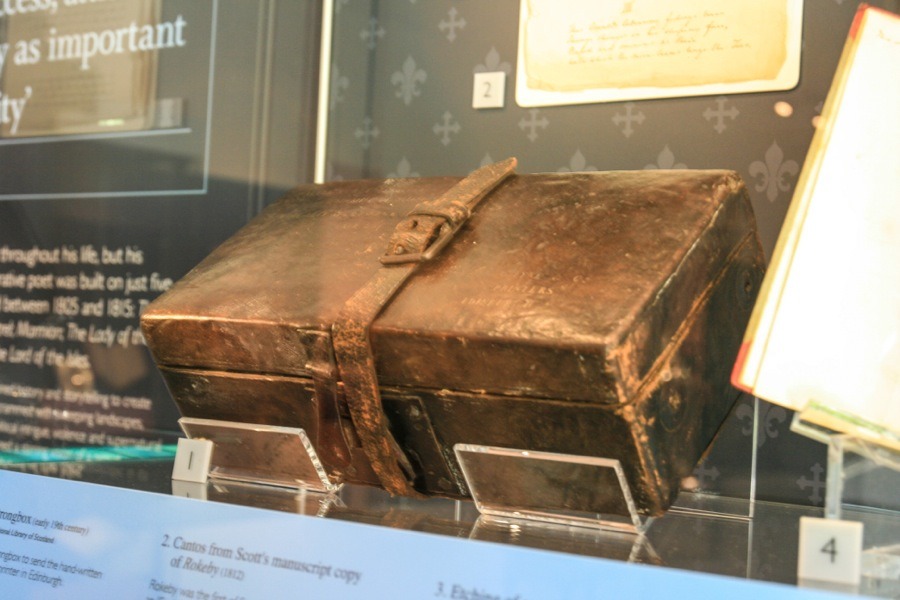
Another is a book containing architectural drawings of Abbotsford.
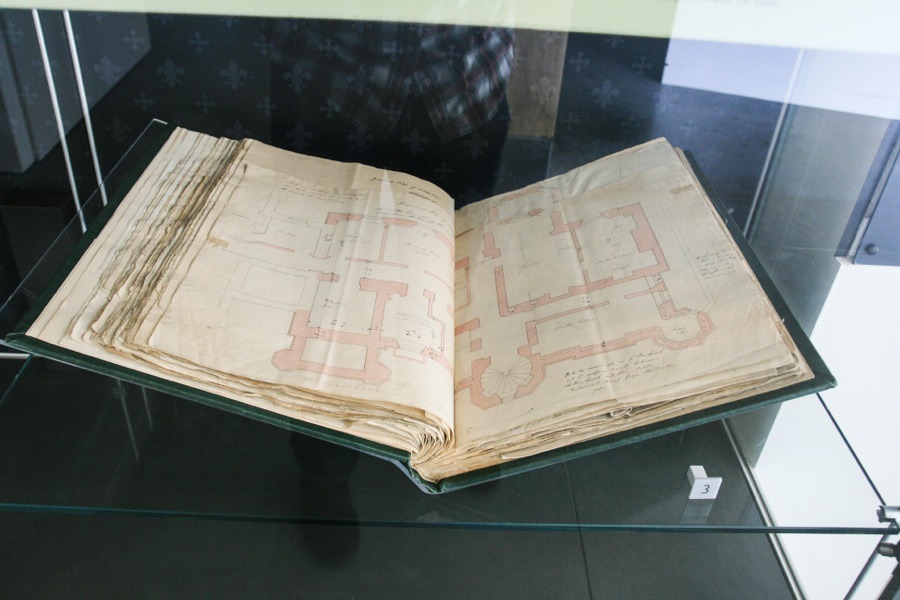
A scale model of Abbotsford stands close to a window which offers a tantalising glimpse of the house in the distance.
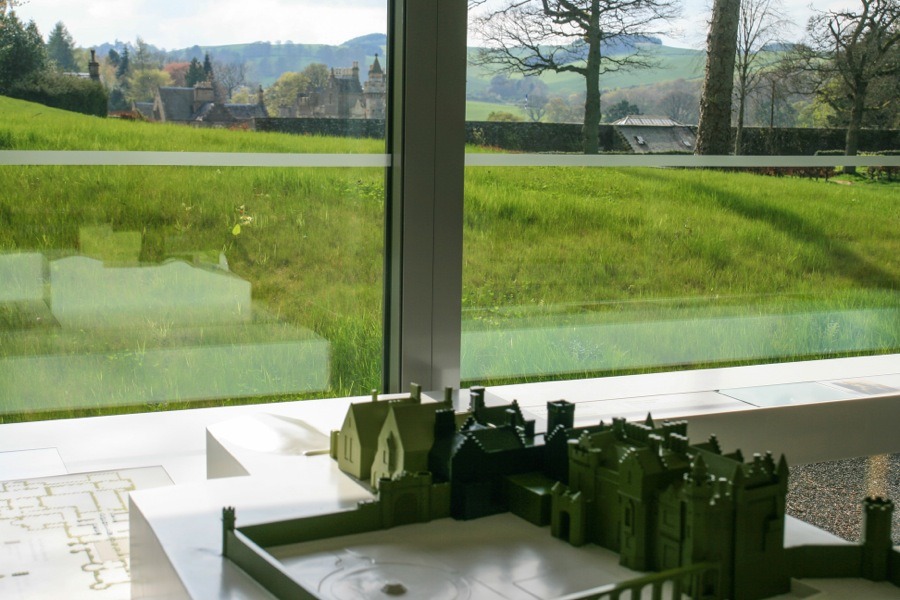
There is also a cork model of the famous Scott Monument in Edinburgh.
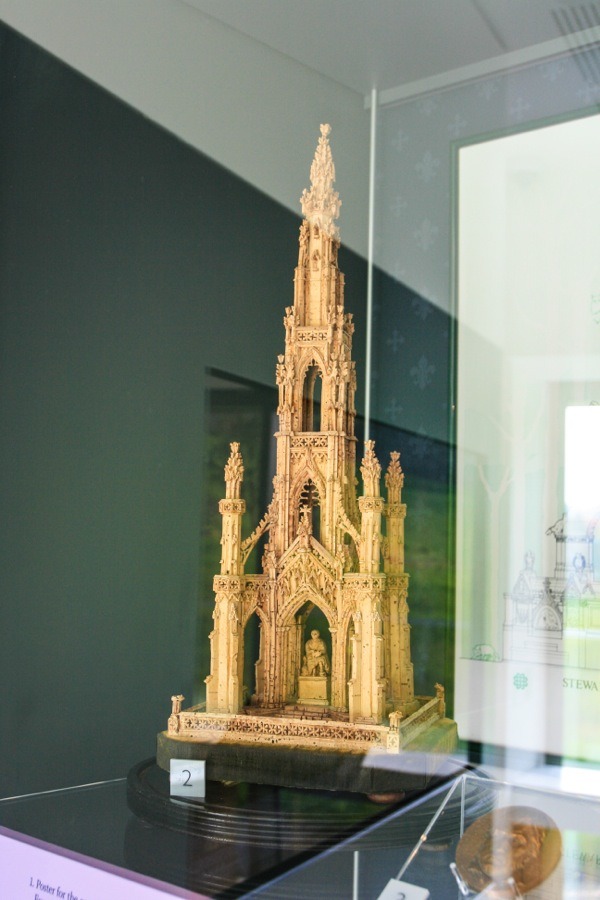
After making our way slowly through the exhibition we finally emerged back into the sunlight and started to walk down to the house, the multitude of turrets poking above the garden wall concealing the full architectural glory.
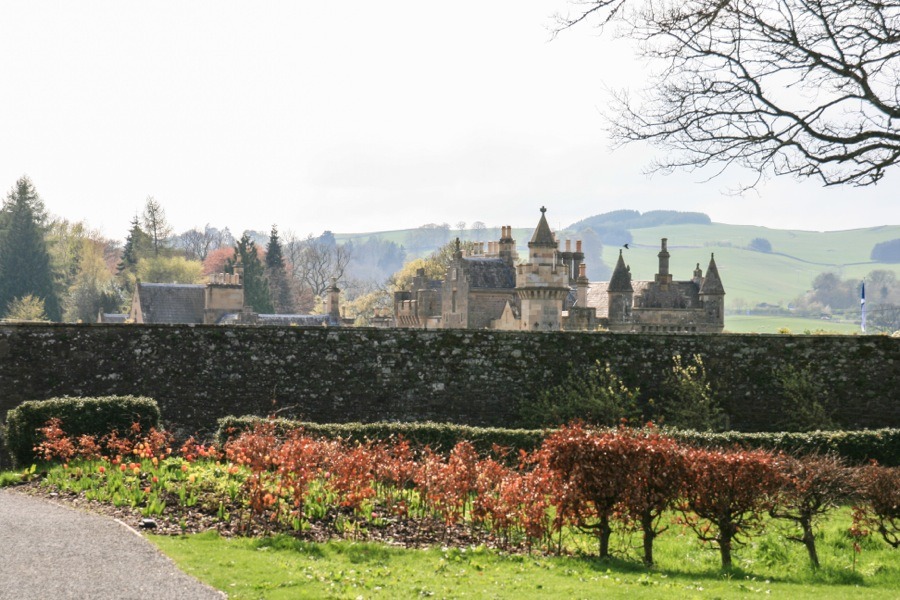
Rounding the garden wall we were rewarded with our first proper view of the house.
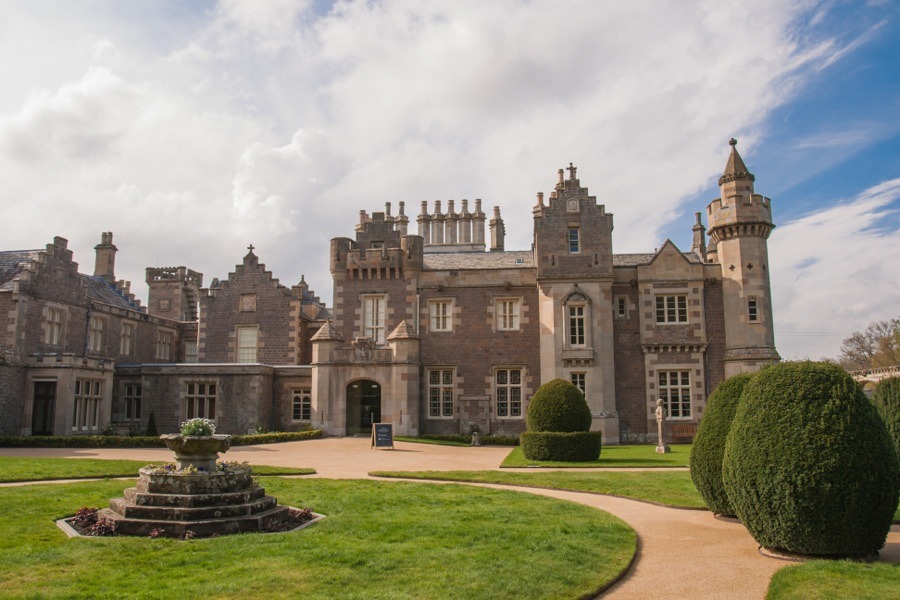
Entering through the grand porch leads you into a dark, wood-panelled hallway whose walls are covered with an eclectic mixture of historical items. The ceilings are decorated with carved wooden heraldic panels, while the focal point of the room is the huge carved stone fireplace containing what is actually quite a small fire.
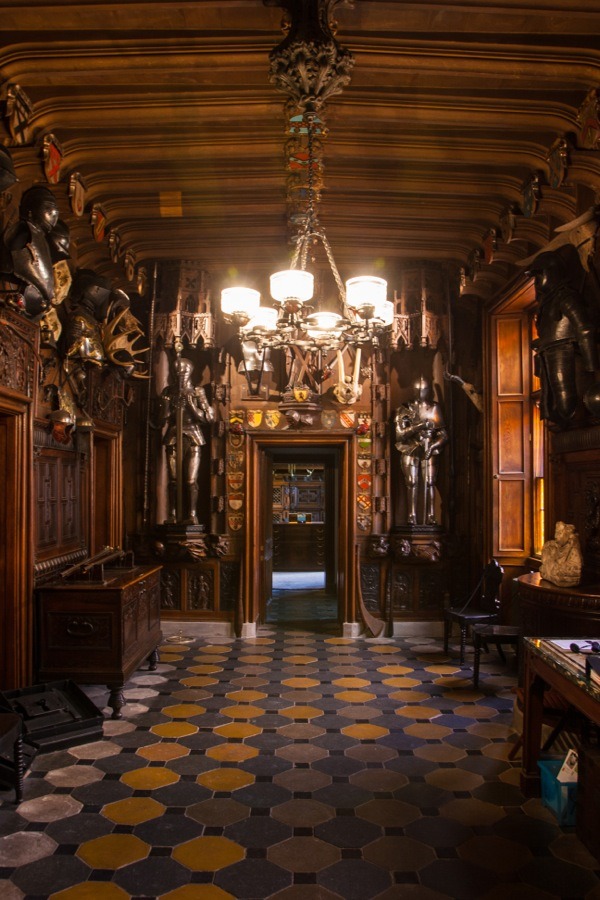
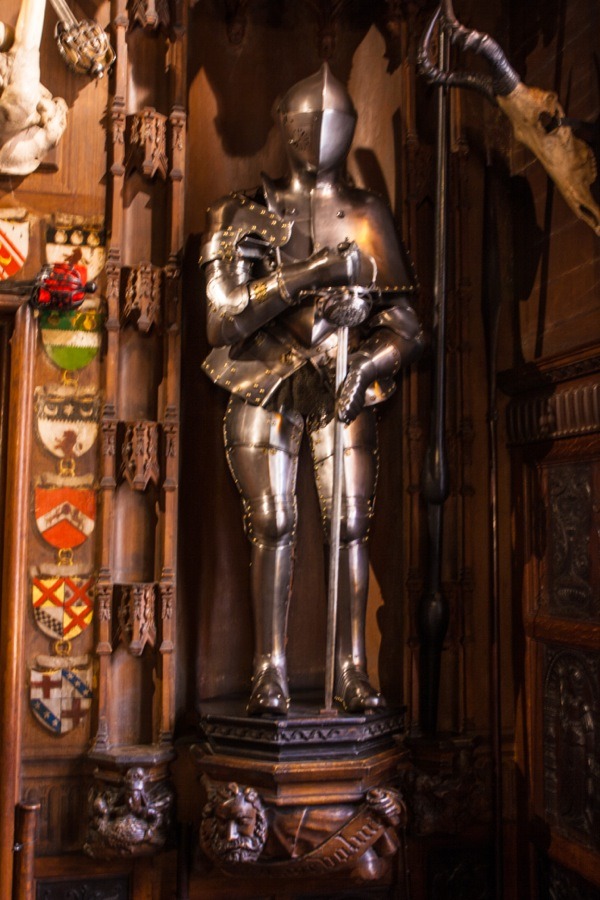
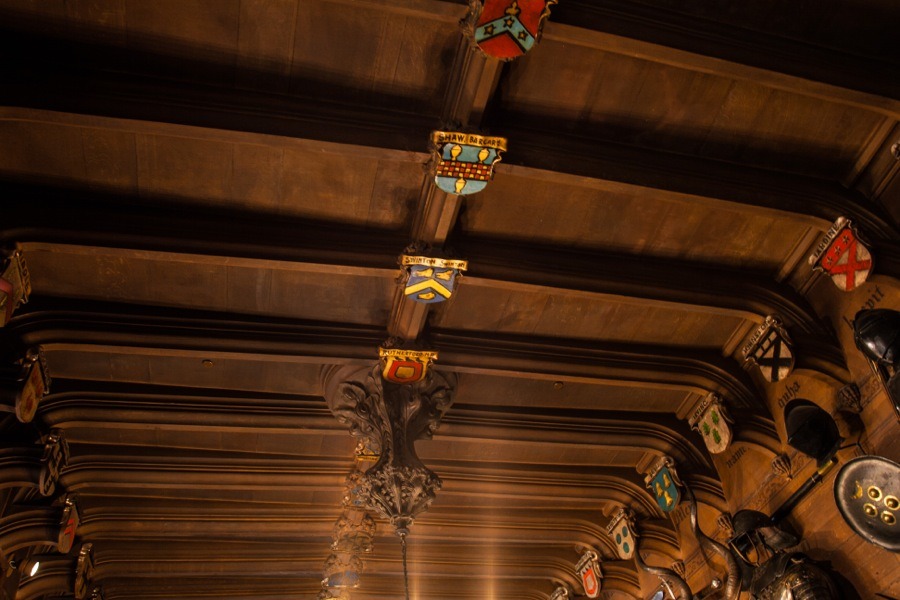
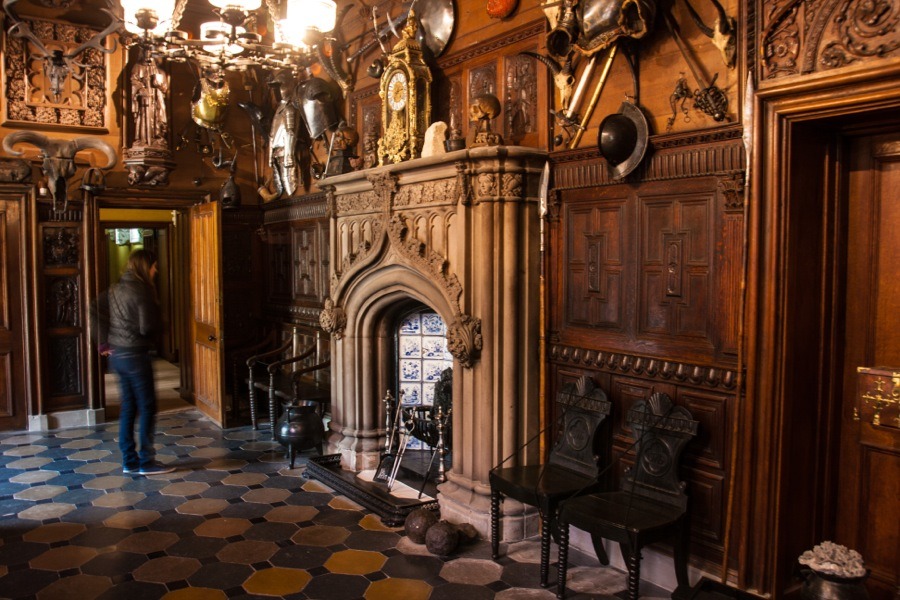
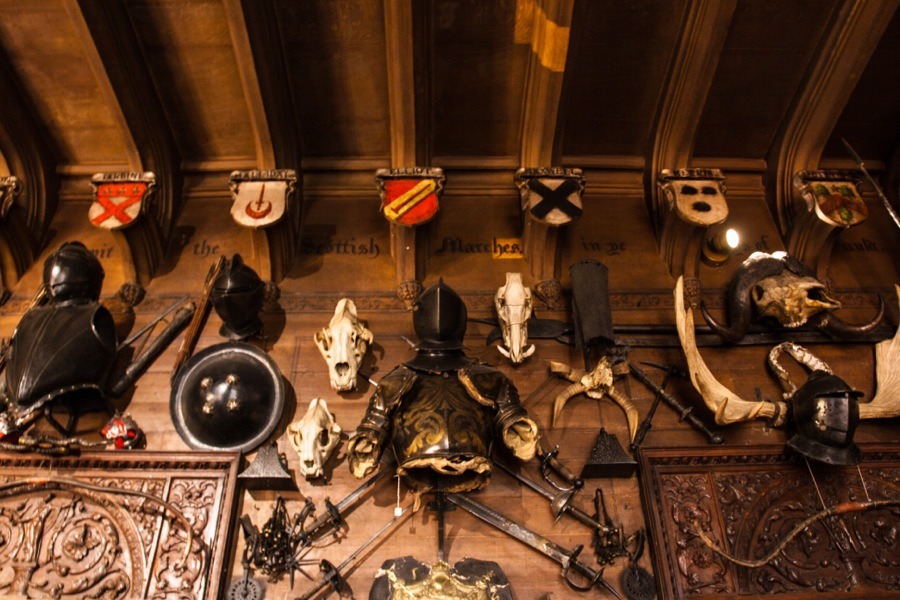
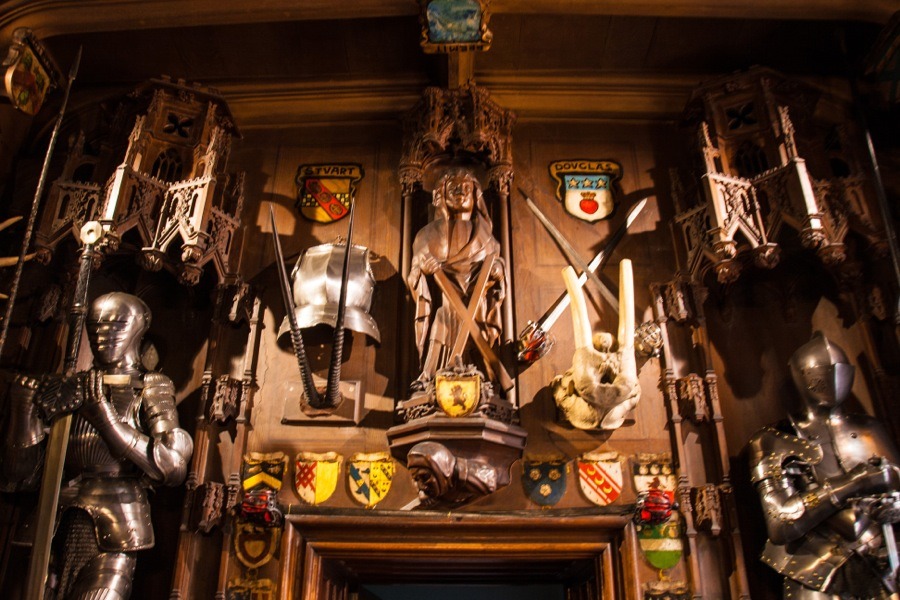
The hallway is lit by beautiful stained glass windows, a recurring feature throughout the house.
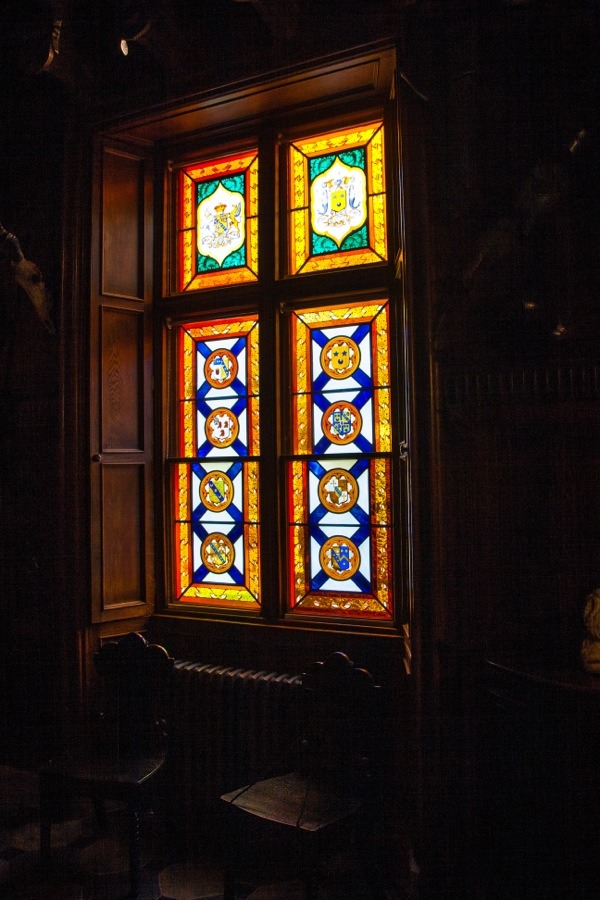
At the far end of the hallway is a door which leads through into Scott’s study which, as you might expect, is lined from floor to ceiling with books.
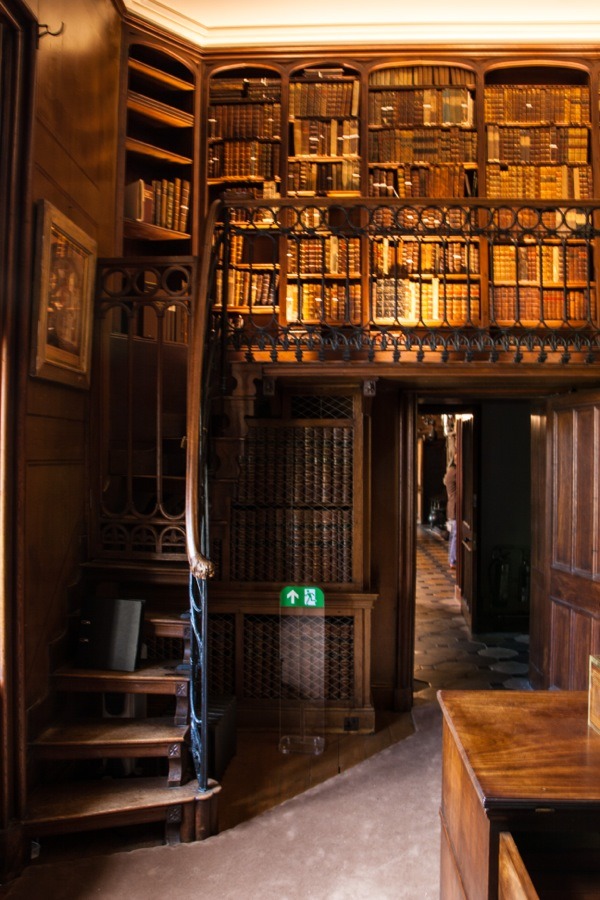
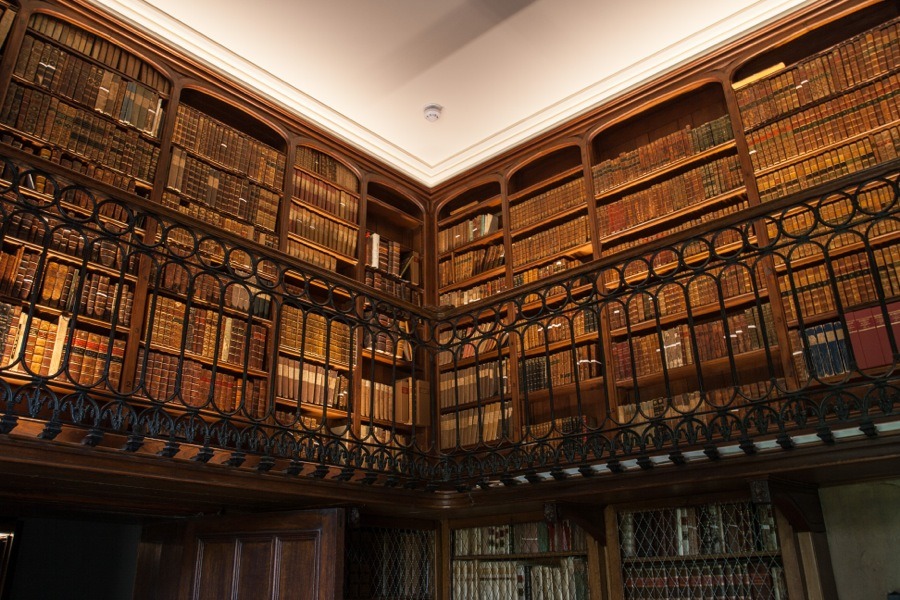
However the number of books pales into insignificance compared to those in the next room. A second doorway in the study leads through into the library, a spacious room with a large bay window looking out over the River Tweed. The ceiling is notable for having carvings based on some of those at Rosslyn Chapel.
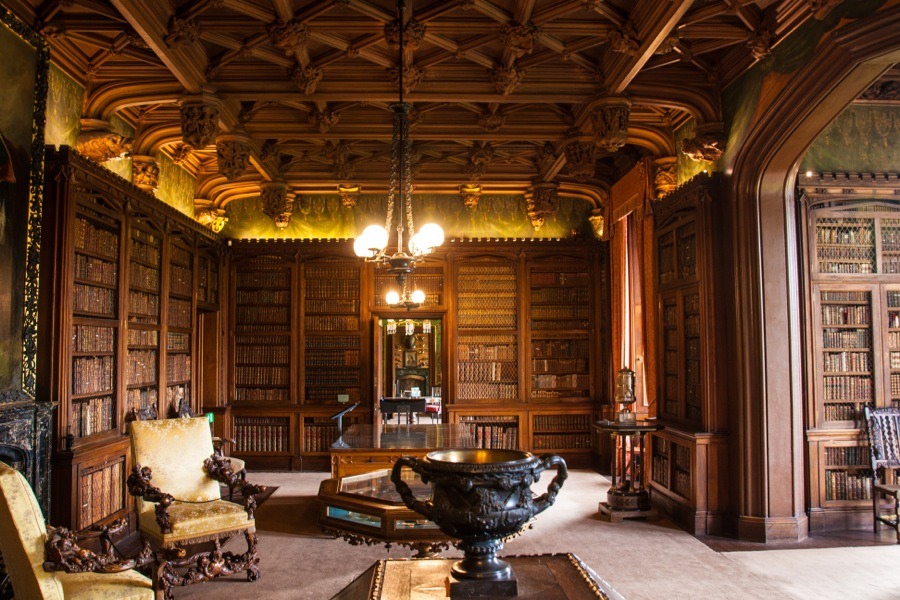
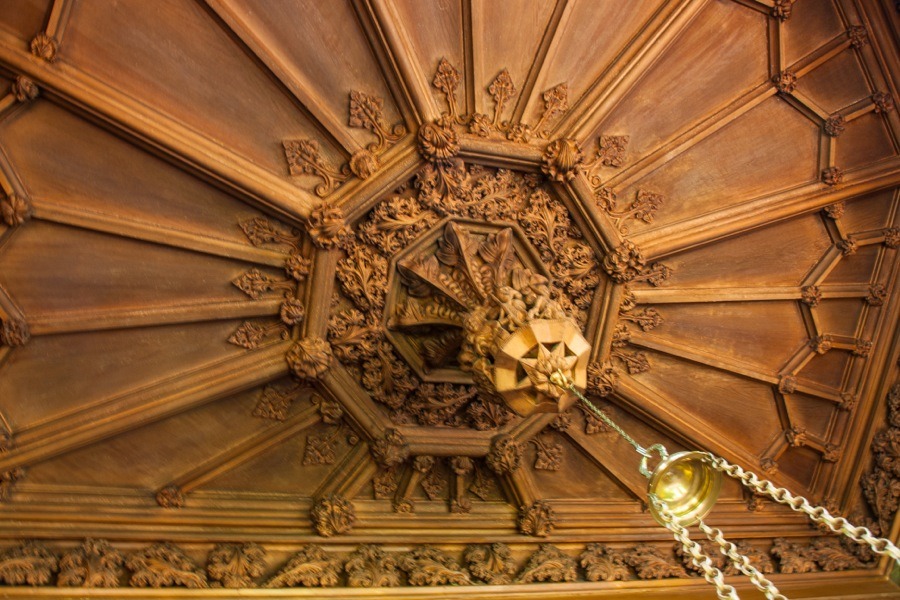

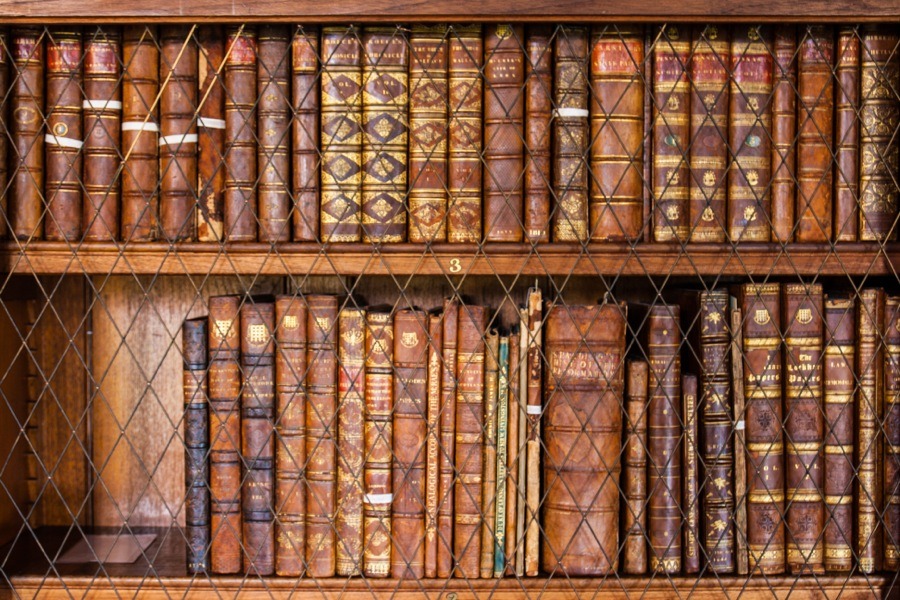
The next room is the drawing room which is decorated with elegant hand-painted Chinese wallpaper, a gift from Scott’s cousin Hugh Scott of the East India Company.
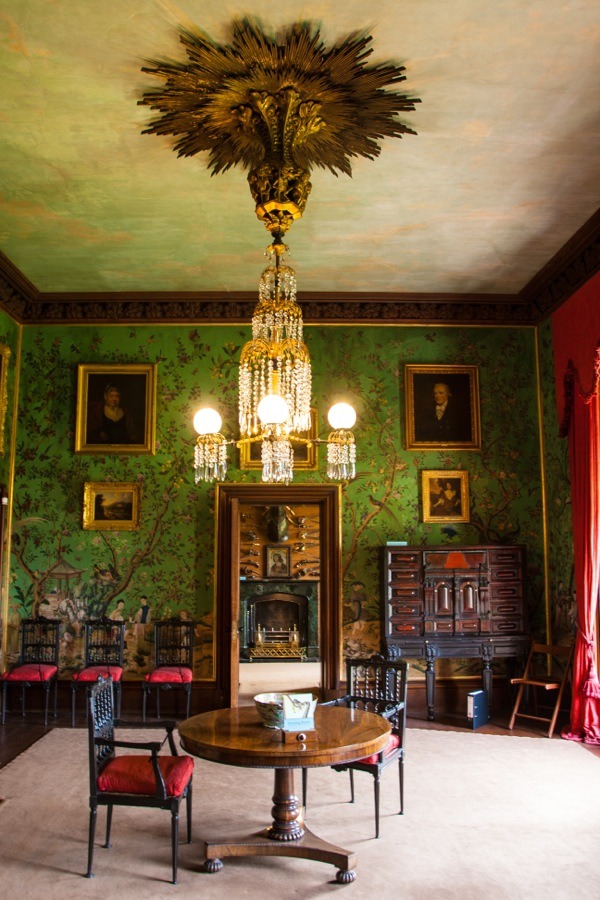
Off the drawing room is the armoury, cutting across the house from back to front, featuring a gothic ceiling with numerous carved gargoyles and a stained glass window looking towards the Tweed.
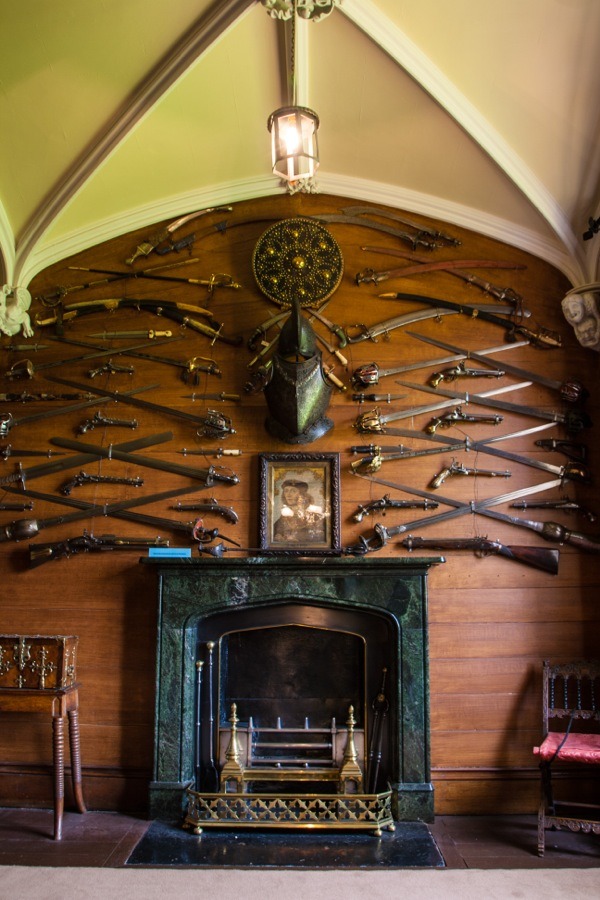
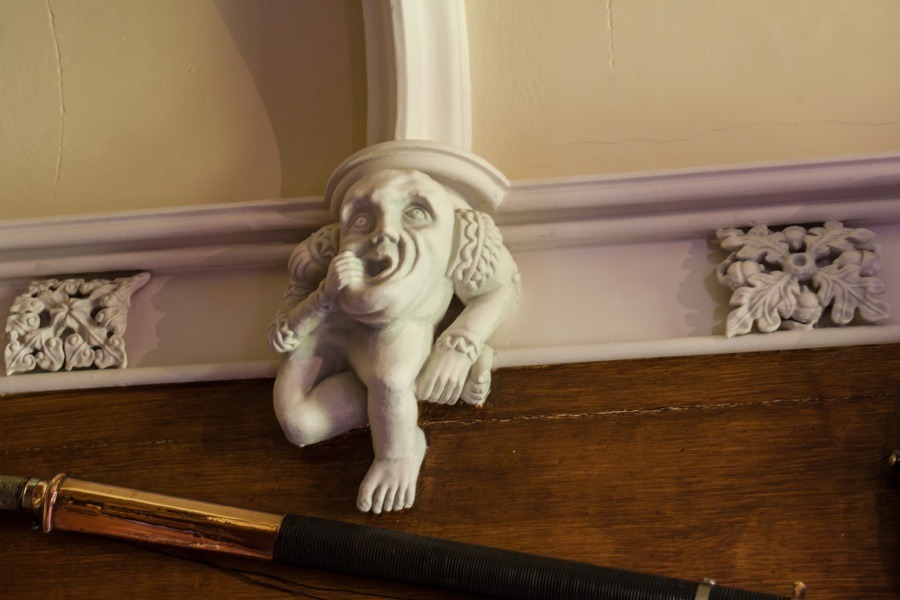
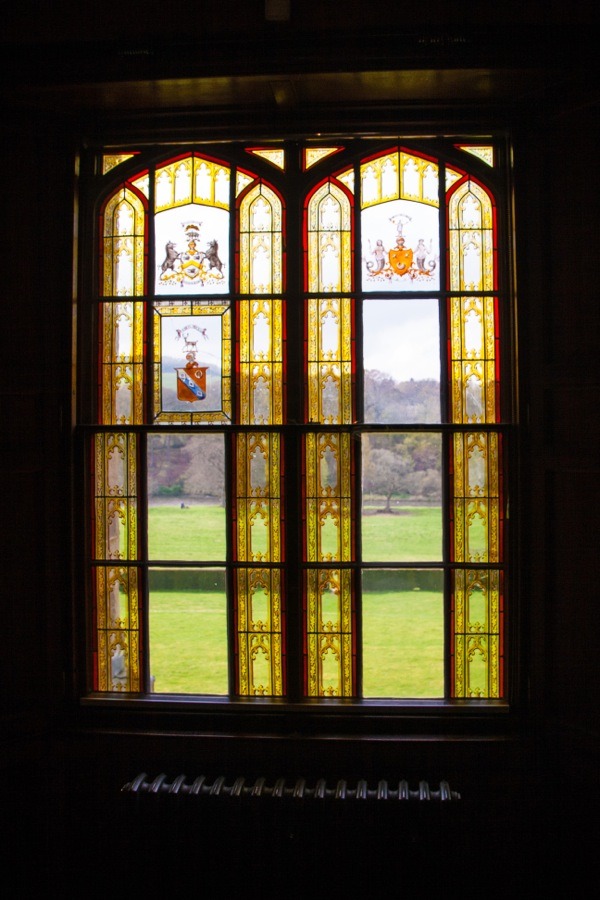
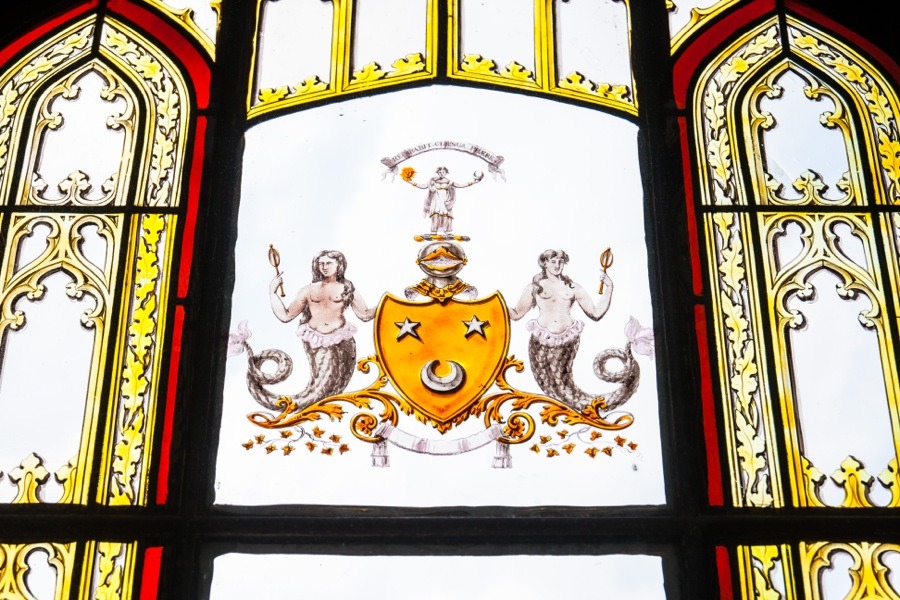
Beyond the armoury is the dining room, one of two rooms at the back of the house, along with the library, to have a bay window.
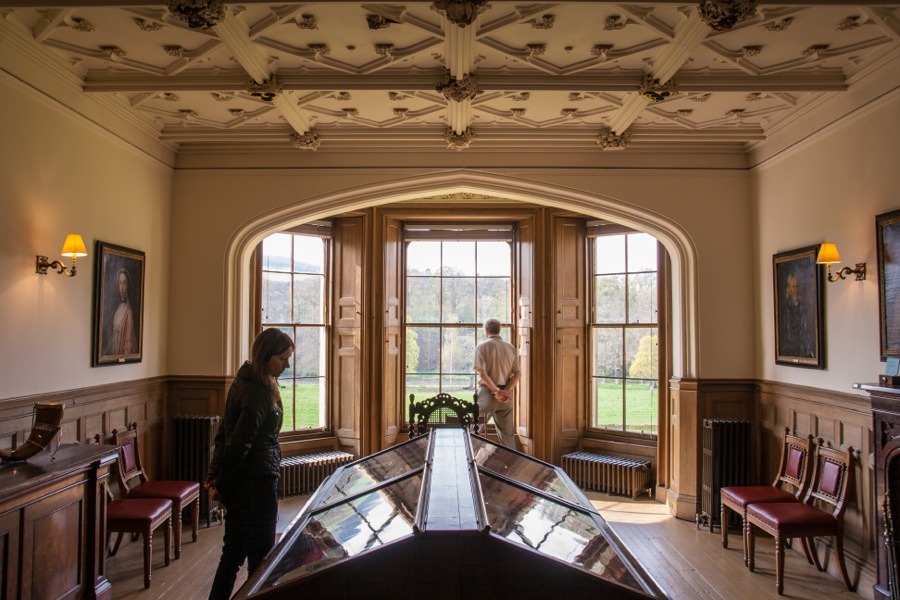
A passageway leading from the dining room to the private apartments of the Scott family is known as the Religious Corridor and is decorated with a gothic ceiling and plaster casts of carved details from various ecclesiastical buildings.
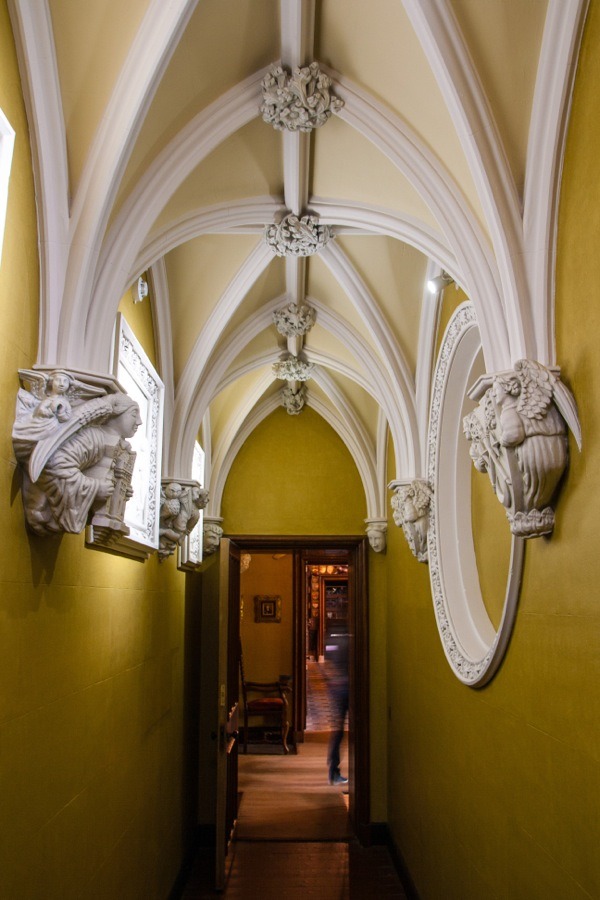
Off the corridor is a small room containing various artefacts including this tiny portrait of Bonnie Prince Charlie.
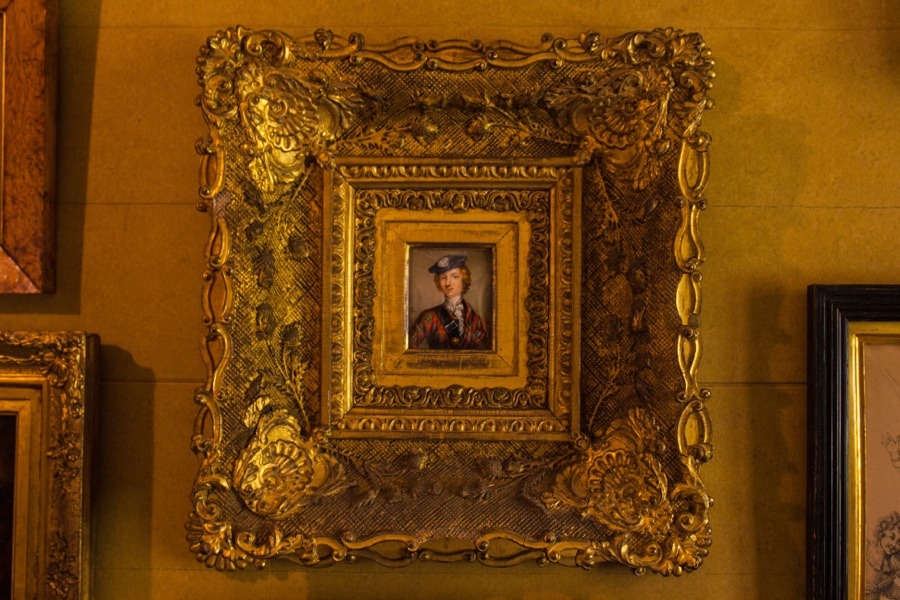
Leaving this room returns you to the entrance hall, having done a full circuit of the ground floor rooms in the main house. We made our way outside into the garden in front of the house, known as the South Court.
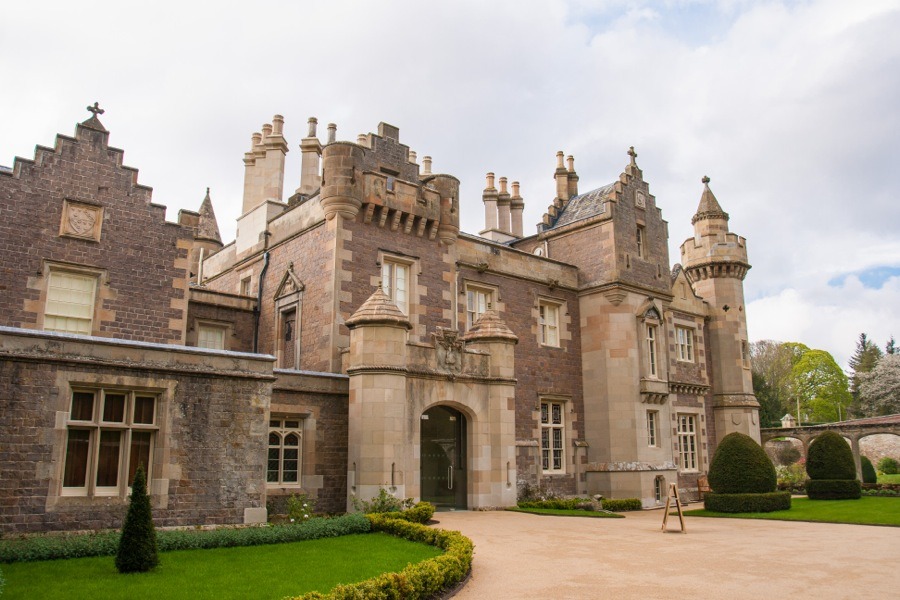
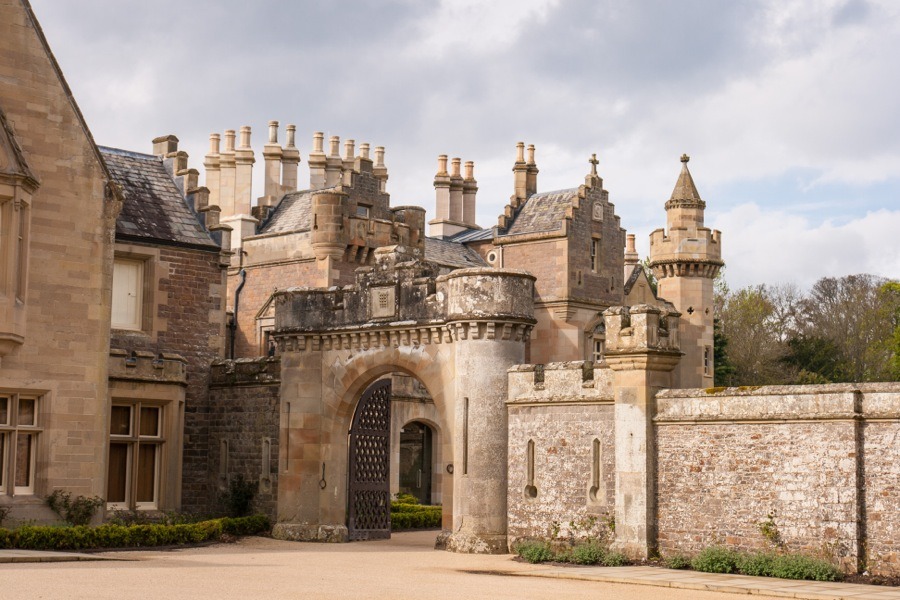
The South Court is separated from the next garden, known as the Morris garden, by an ornate carved stone arcade.
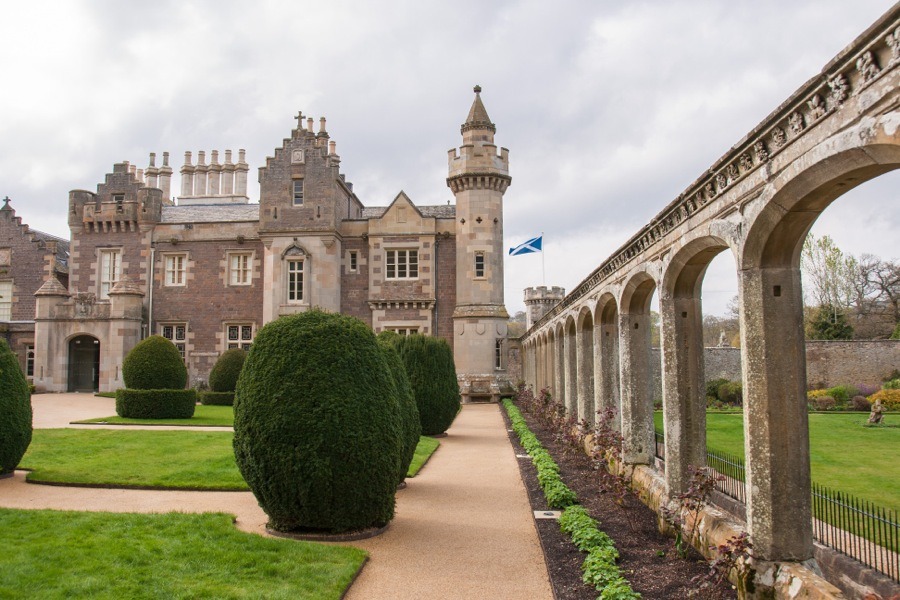
The walls around the Morris Garden contain numerous old carved stones acquired by Scott over the years. These include one of the medallions from the original medieval Mercat Cross in Edinburgh, which was demolished in 1756 and replaced with a new one in 1885, featuring the coat of arms of the city.
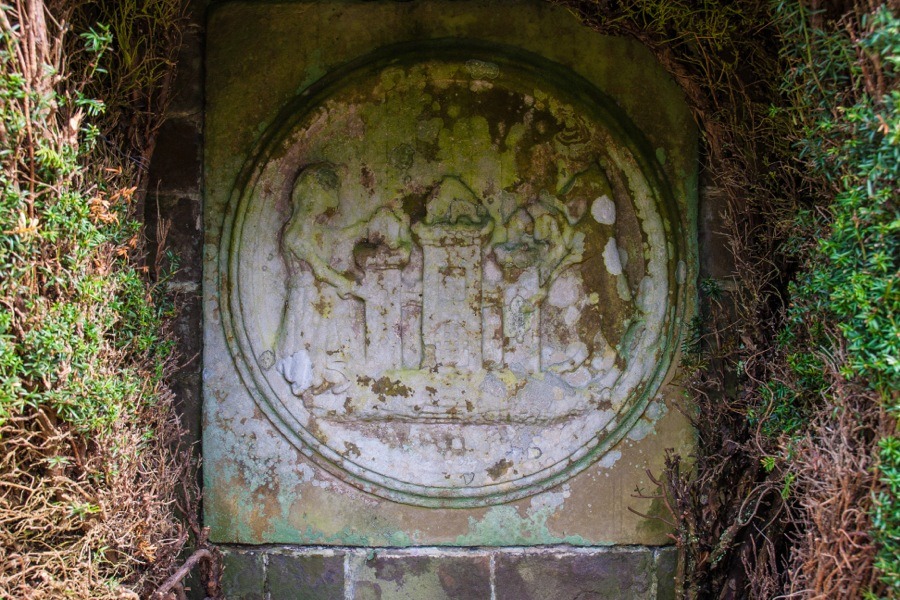
Although it was warm and dry there had evidently been some rain showers earlier in the day as the remnants of them were visible on some of the plants.
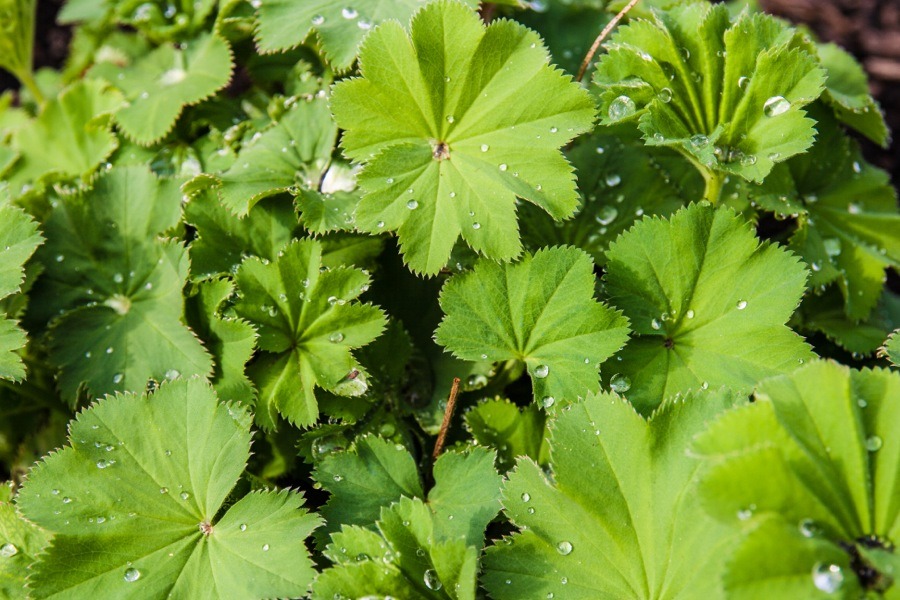
The Morris Garden consists of a rectangular lawn, within which is a statue of the character Morris from Scott’s Rob Roy, surrounded by a path and edged with shrubbery beds.
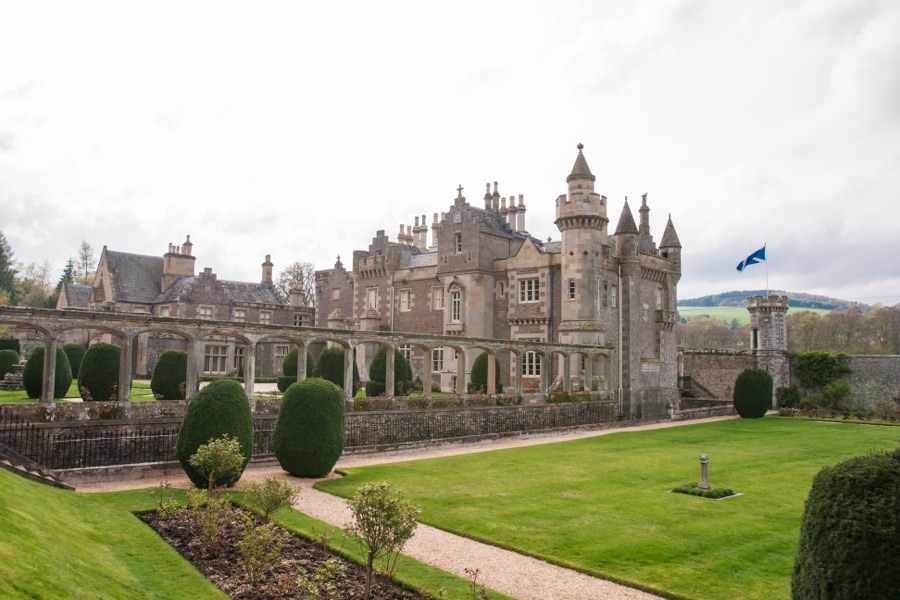
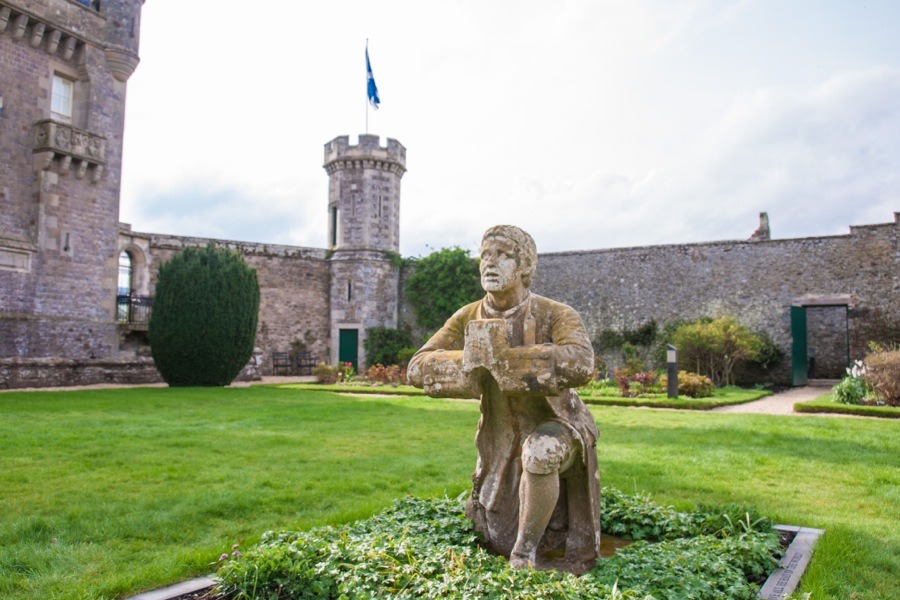
Built into the north-east wall are three old carved stones. I had wondered if perhaps they had come from a castle, but as yet I haven’t been able to ascertain where all of them came from. If you know, please get in touch.
The first features a sword above which are the words “Up with ye sutors of Selkyrke. A.D. 1525.” It seems likely it has come from somewhere around Selkirk, but I don’t know exactly where. Below it is a separate heraldic panel carrying the date 1668, again origin unknown.
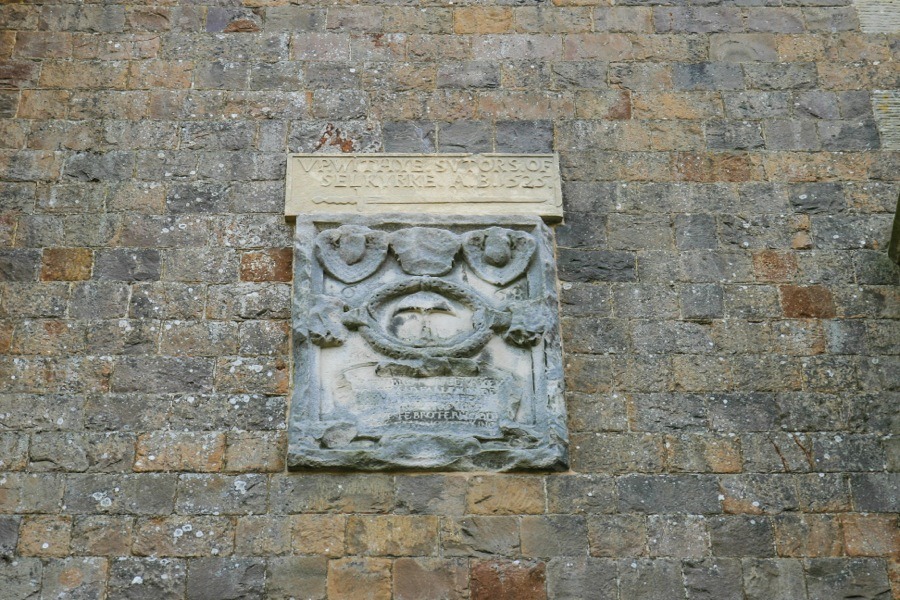
On the same wall is a wide panel carved with the words “By Night by Day Remember ay the goodness of ye Lord and thank His name whos glorious fame is spred Throghout ye world A.C. M.D. 1616”. I don’t know where this one came from either.
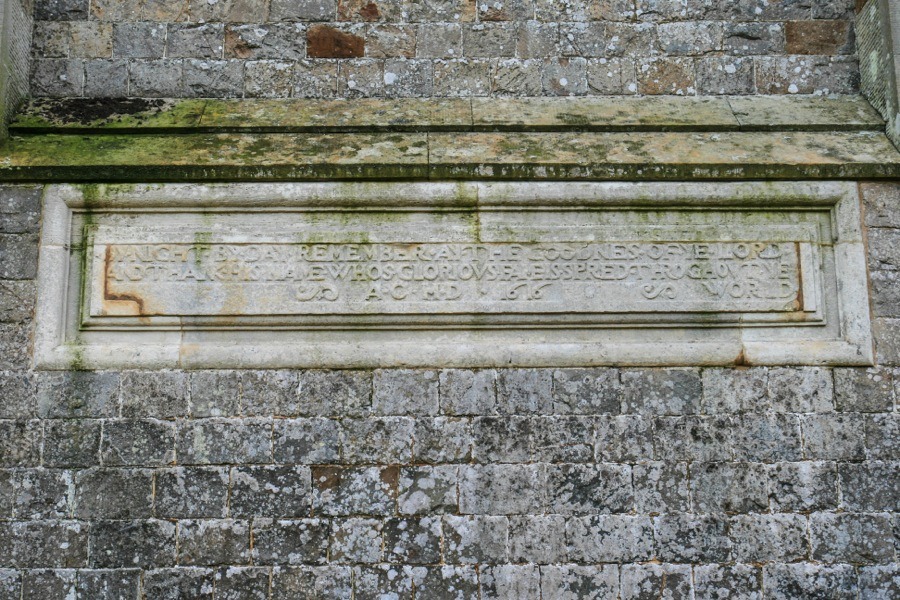
We wandered down to the banks of the Tweed, from where there’s a great view back up to Abbotsford.
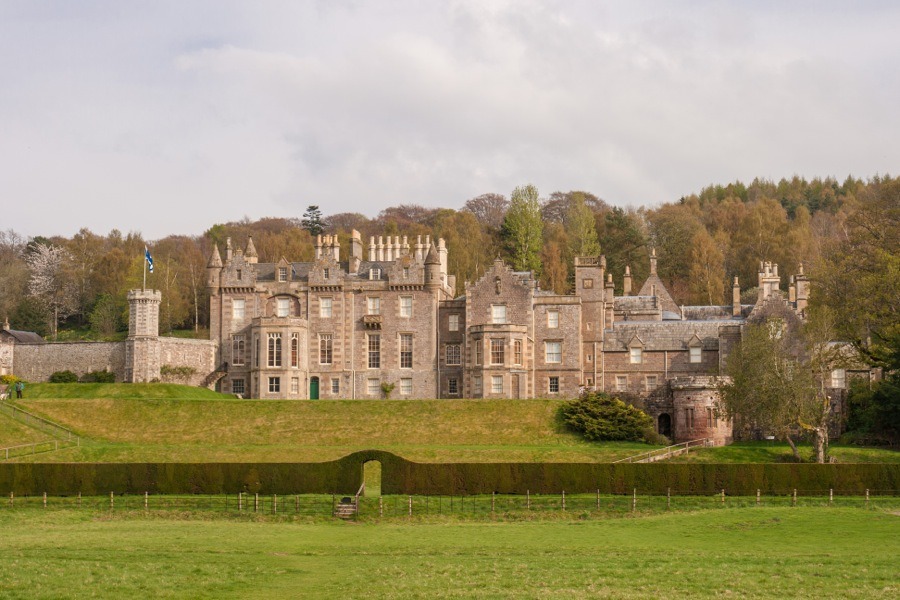
Back up at the house we came across another carving, this time above the the bay window of the dining room. I do know the origin of this one, it came from the Old College of Edinburgh where it was installed above the main entrance of either the Divinity Hall or the Common Hall.
The quote is from the Roman philosopher Seneca, who wrote in AD 65 “Virtus difficilis inventu est, rectorem ducemque desiderat; etiam sine magistro vitia discuntur”, or “Virtue is difficult to find, needs a governance and a guide; to learn vice, no teacher is needed”.
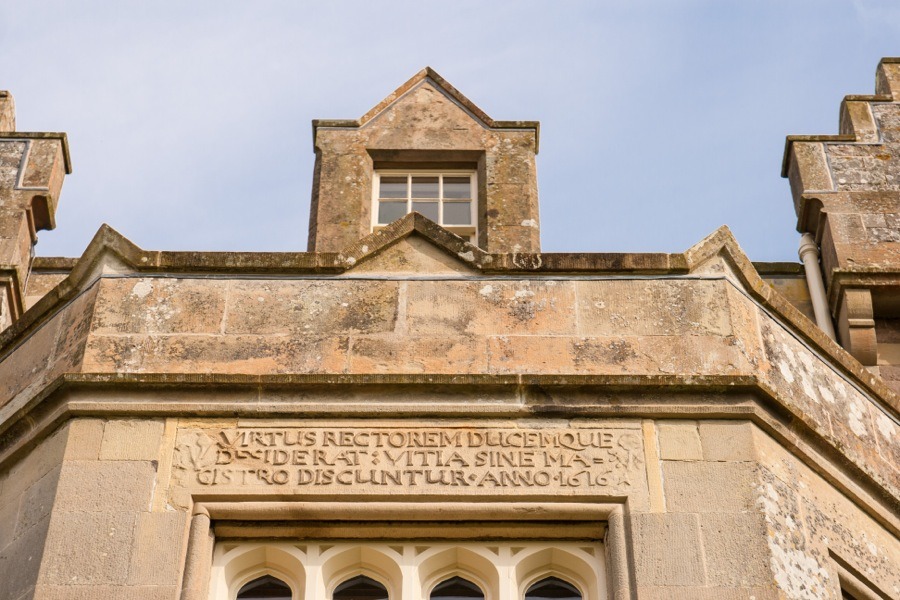
We walked back through the Morris Garden where an archway leads through to the Walled Garden, laid out by Scott to provide fresh fruit and vegetables for his household.
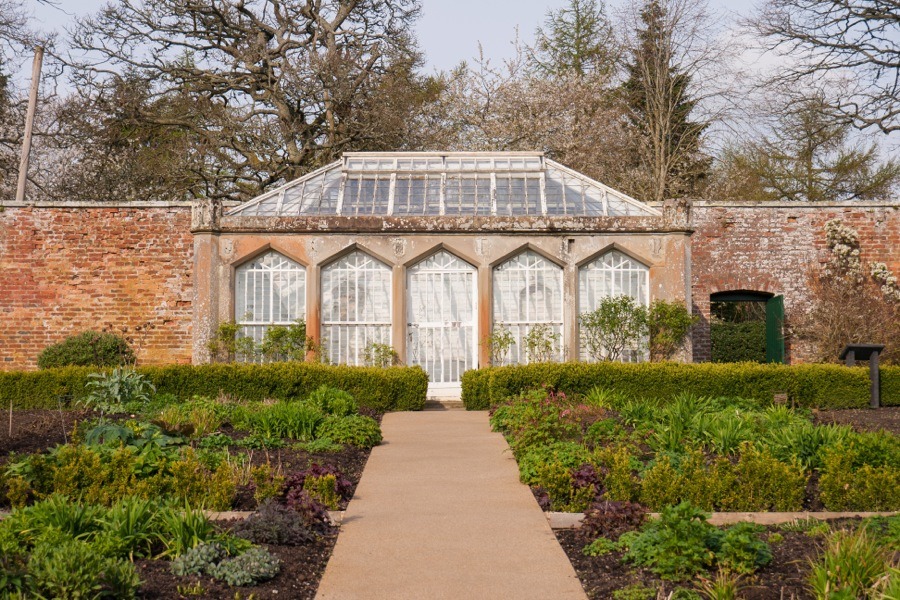
The garden slopes so that the east side is elevated which gives a great view back over the garden wall to the house.

From here we made our way back to the car and pondered where to go next. Since we were in the area we decided to drive over to Galashiels to have a look at Ladhope Tower, a ruined 16th century castle on the edge of Galashiels Golf Club. Permission was granted in the clubhouse to view it, so we went for a walk around it.
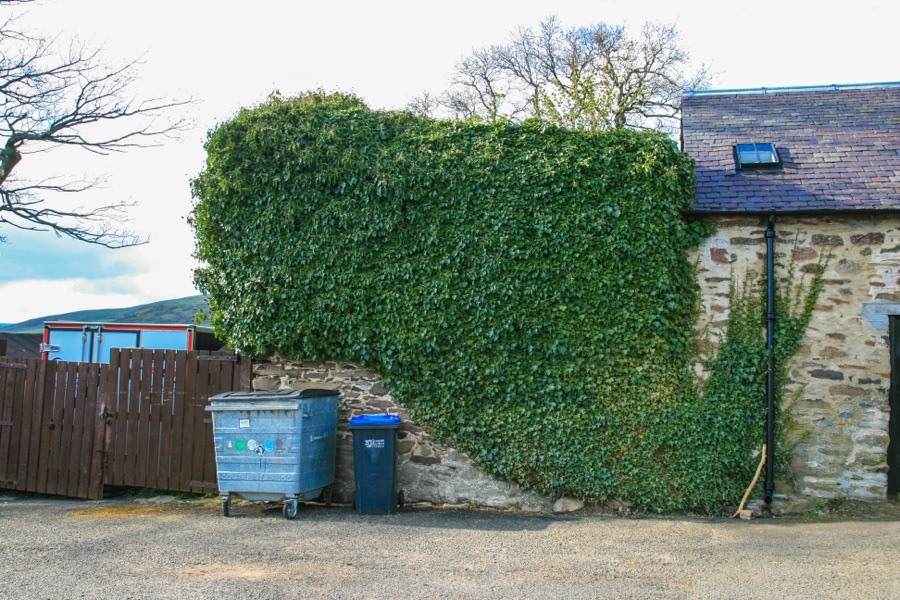
Not much of it is left, but there’s just enough to get a sense of scale if not style. The arched doorway is a later addition, and the structure is now used for storage.
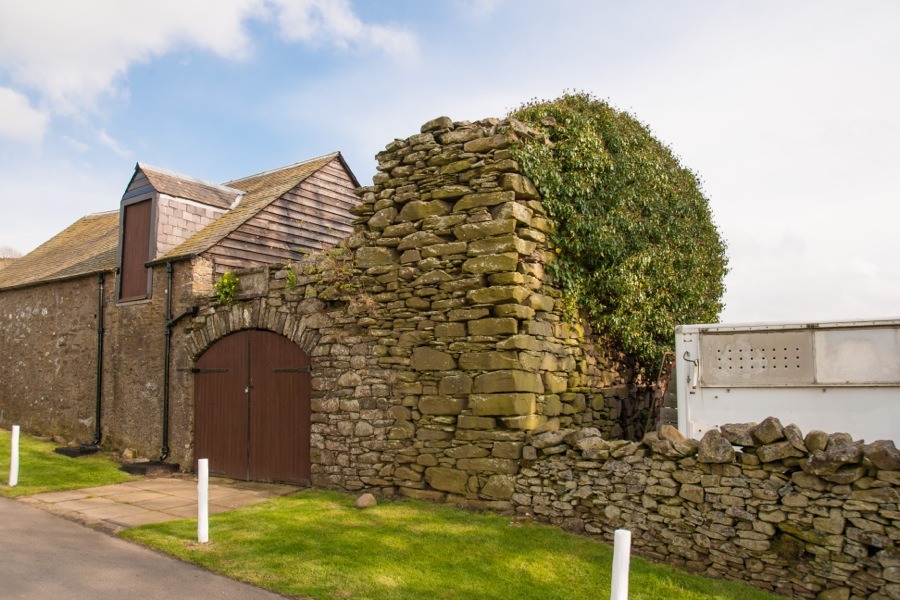

From here we made our way north to the village of Langshaw, just across Ladhope Moor from Ladhope Tower. There’s a cluster of three castles here all within sight of each other.
Hillslap Tower is a 16th century tower house which has now been restored and is occupied.

Standing on the edge of a farmyard nearby is Colmslie Tower, a ruined castle which interestingly is also thought to date back to the 16th century although it looks older to me.
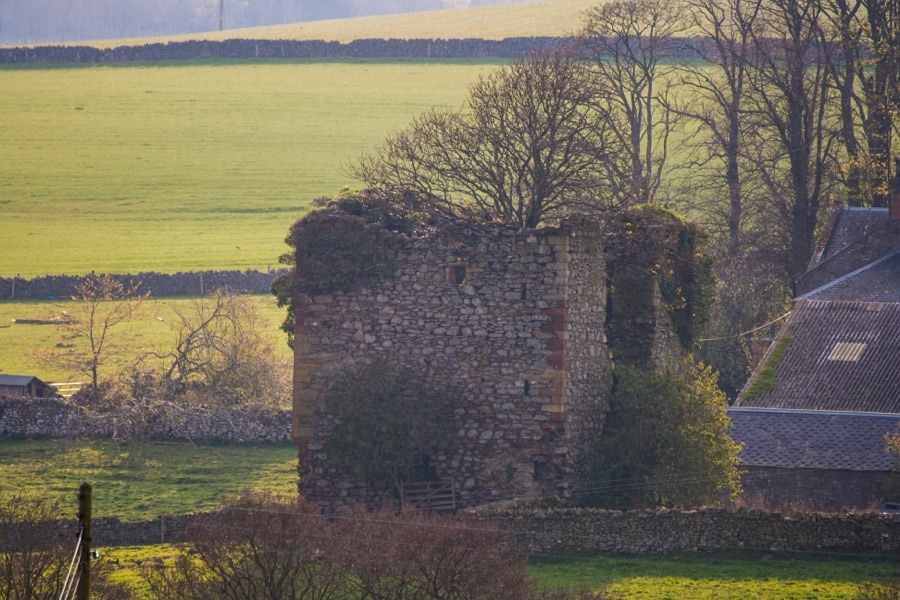
Just to the east of these tow towers is the third, Langshaw Tower, which again dates back to the 16th century but was extended in the 17th century.
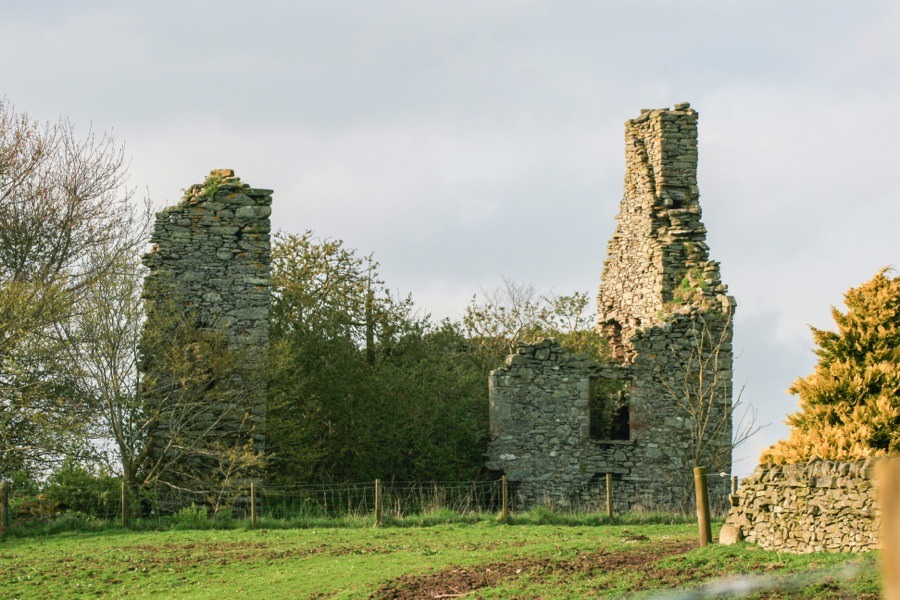
I haven’t had a chance to fully research these three castles yet but it’s certainly interesting that they stand so close to one another and have all been dated to a similar period.
That was more than enough entertainment for one day, so with the light fading we headed north back to Edinburgh.

